Imagine walking through a dense, misty forest, not in the present day, but millions of years ago when the earth was the domain of gigantic and often terrifying prehistoric creatures. While dinosaurs often steal the spotlight in popular culture, the prehistoric world was teeming with a vast array of monstrous beasts that ruled the land, sea, and air long before humans ever walked the Earth. Let’s embark on a journey through time to uncover ten prehistoric creatures that would indeed be terrifying if they were still alive today.
Megalodon

Imagine swimming in the ocean and coming face to face with a Megalodon, a prehistoric shark that could reach lengths of up to 60 feet, three times larger than the largest great white sharks of today. With its jaw wide enough to swallow two adults side-by-side and teeth over 7 inches long, the Megalodon was the apex predator of the oceans around 23 to 3.6 million years ago. The sheer size and predatory nature of this colossal shark would instill fear in the hearts of anyone encountering it in the open waters.
Tyrannosaurus Rex

The Tyrannosaurus Rex is perhaps the most famous of all dinosaurs, and for good reason. Standing up to 40 feet long and 12 feet tall at the hips, the T-Rex was a fearsome carnivore with a massive head, powerful jaws, and teeth that could grow over a foot long. This late Cretaceous period giant would be a horrifying sight, capable of running at speeds exceeding 15 mph, making it an unstoppable force of nature.
Spinosaurus

The Spinosaurus, the largest of all known carnivorous dinosaurs, was truly a sight to behold. With its distinctive sail-like spines extending from its back, possibly used for display or thermoregulation, and a crocodile-like snout, this predator dominated both land and water ecosystems. The Spinosaurus, reaching lengths of up to 59 feet, could catch fish—and possibly other dinosaurs—with its conical teeth, showcasing its versatility as a top predator about 100 million years ago.
Argentavis Magnificens
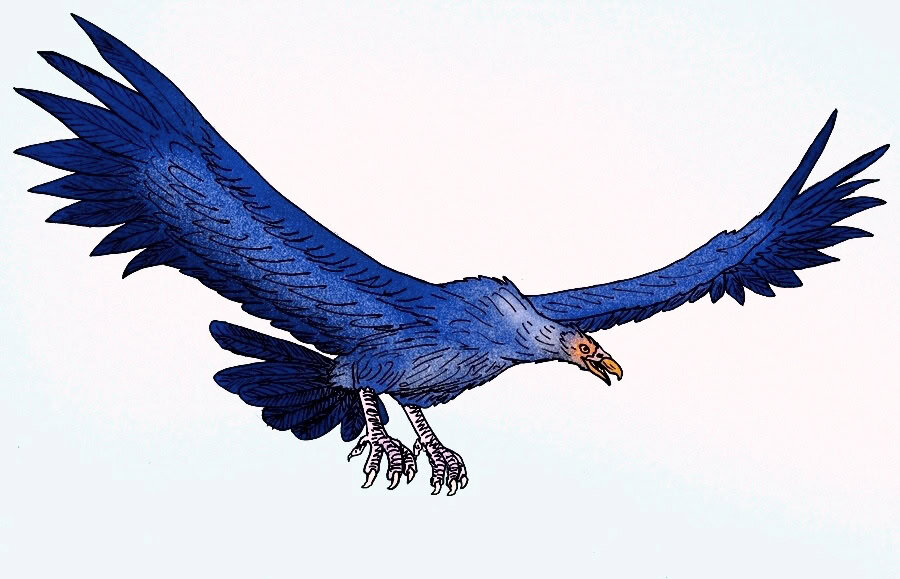
The skies weren’t safe either. The Argentavis magnificens, one of the largest flying birds ever discovered, roamed the skies six million years ago. With a wingspan estimated to be up to 23 feet, this giant bird of prey could have carried off large prey, including small mammals. Seeing the Argentavis magnificens soar above would surely have been an awe-inspiring, yet terrifying sight.
Sarcosuchus
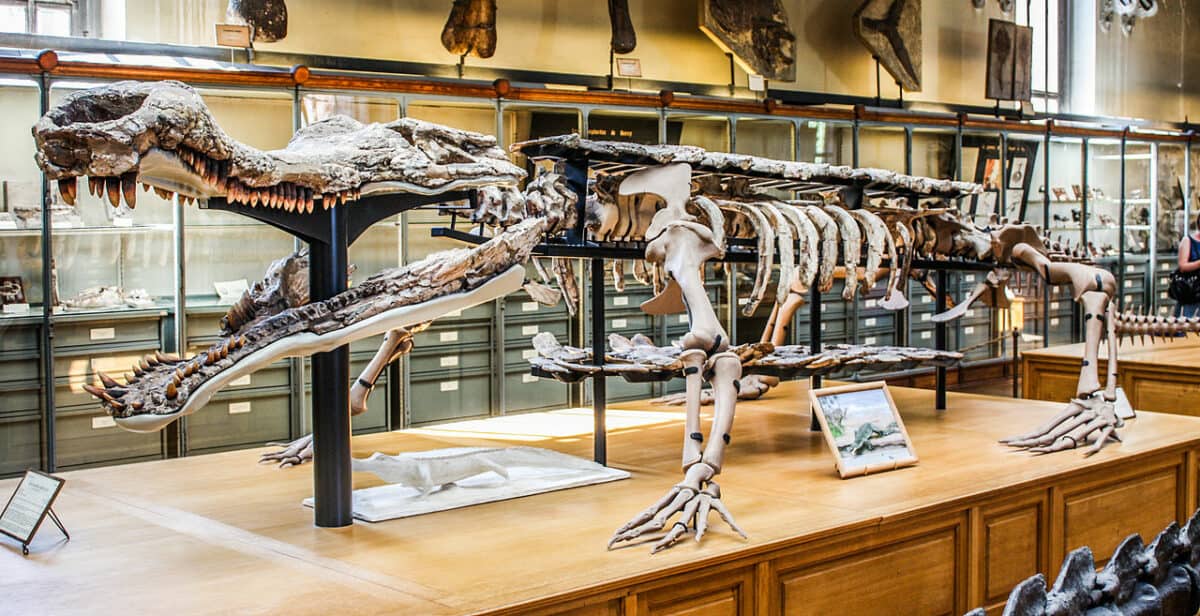
Dubbed the “SuperCroc,” Sarcosuchus was a giant crocodile that lived around 112 million years ago. Measuring up to 40 feet long and weighing up to 8 tons, this behemoth had double rows of back scutes and a large, bulbous snout. It likely lay in wait at the water’s edge, ambushing prey with its powerful jaws. Sarcosuchus’s size and predatory nature would make it a fearsome opponent for any creature.
Anomalocaris

The Cambrian Period ocean was home to Anomalocaris, a bizarre and terrifying predator of the prehistoric seas. With its mouth shaped like a pineapple slice filled with circular rows of sharp teeth and large, compound eyes, this creature hunted trilobites and other small animals 540 million years ago. Anomalocaris, measuring up to 3 feet in length, might seem small compared to other prehistoric giants, but its unique and terrifying appearance would make it no less fearsome.
Quetzalcoatlus

Named after an Aztec deity, Quetzalcoatlus was a pterosaur with a wingspan as wide as a small airplane, reaching up to 36 feet. Living around 68 million years ago, this creature likely scavenged like a modern-day vulture, though it could also have been an adept hunter, capable of preying on small dinosaurs. The sight of Quetzalcoatlus taking off or landing, with its long, stiff-necked body, would be both majestic and terrifying.
Pulmonoscorpius

Imagine a scorpion, but 2-3 feet long. The Pulmonoscorpius, living around 330 million years ago, was just that—a gigantic scorpion with a venomous sting. While not much is known about its venom, the sheer size of this arthropod, predatory nature, and the thought of its sting is enough to send shivers down anyone’s spine.
Giganotosaurus
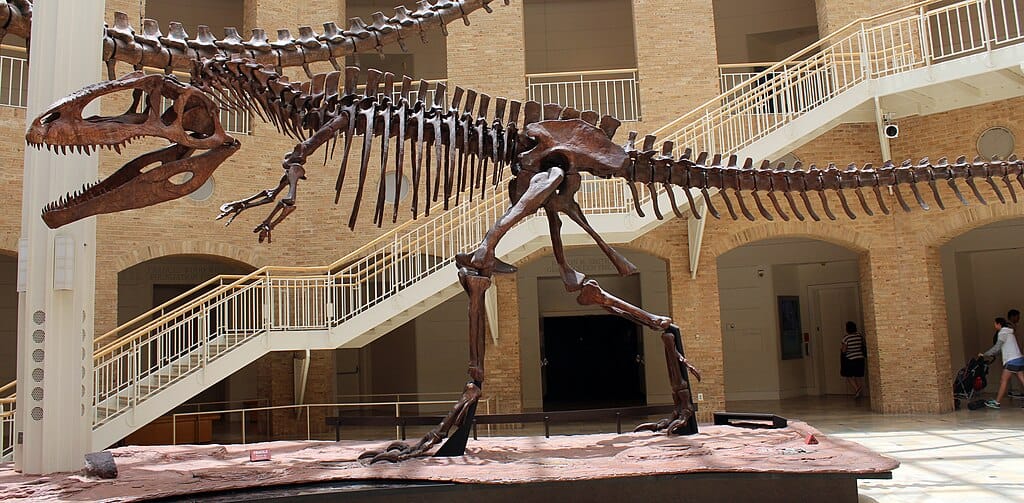
Rivaling the T-Rex in size, the Giganotosaurus was another gigantic carnivorous dinosaur that walked the Earth around 98 million years ago. With its sharp teeth and powerful legs, this predator could have hunted large sauropods or scavenged for food. Its sheer size and ferocity would make the Giganotosaurus a terrifying presence in any prehistoric landscape.
Dunkleosteus

The Dunkleosteus, a prehistoric fish living around 358-382 million years ago, was an armored predator of the Devonian seas. With a powerful, bony head and jaws capable of exerting incredible force, the Dunkleosteus could snap its prey in half. Its size, up to 20 feet long and its terrifying method of feeding, would make it a daunting creature to encounter under the sea.
Arthropleura
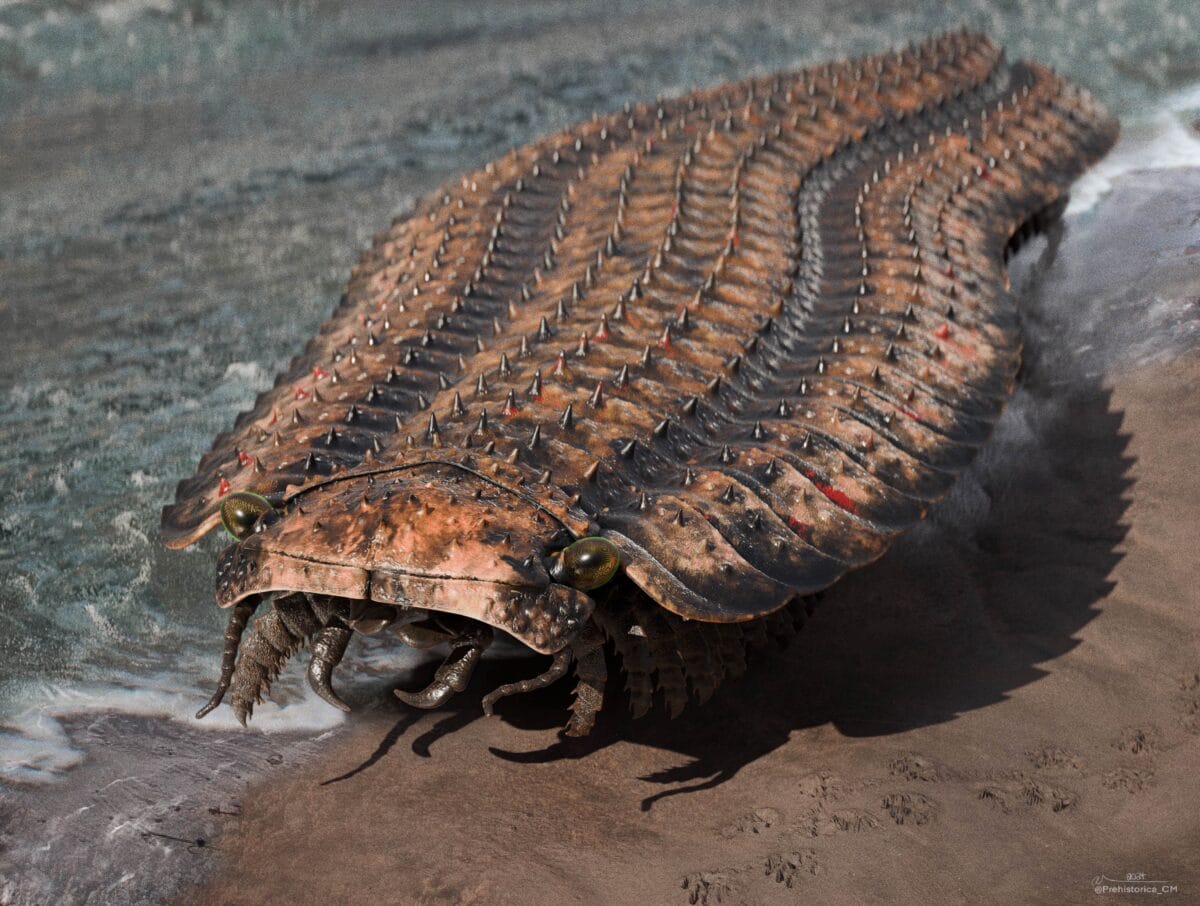
The Arthropleura was the largest known land invertebrate of all time, a giant millipede-like creature that could grow up to 8 feet long. Roaming the earth around 345-295 million years ago, it fed on decomposing vegetation on the forest floor. Though not a predator, the sheer size of the Arthropleura, along with its appearance, would make it a nightmarish encounter during a walk in the Carboniferous forest.
Conclusion
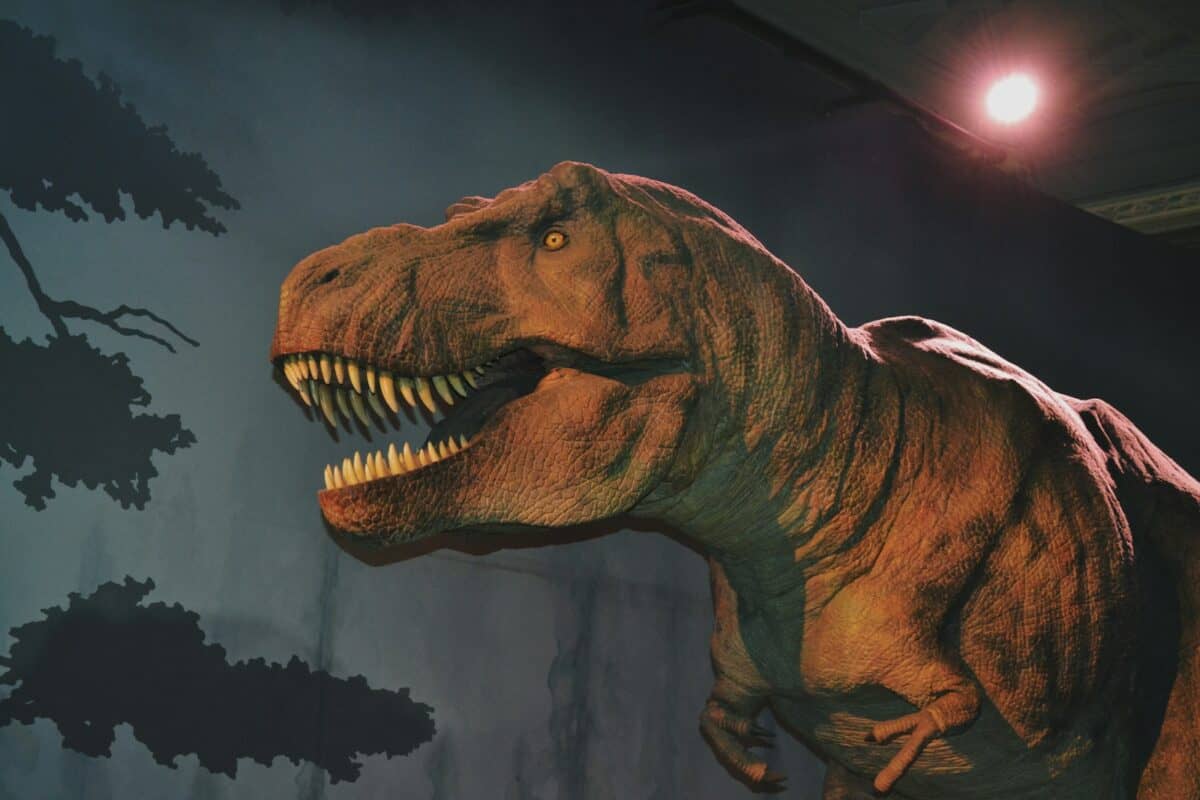
While these prehistoric creatures no longer roam the earth, their legacy continues to fascinate and terrify us. The thought of encountering any of these beasts today is the stuff of nightmares, highlighting the dramatic changes our planet has undergone over millions of years. These ancient giants serve as a powerful reminder of the incredible diversity and adaptability of life on Earth, showcasing the awe-inspiring and sometimes terrifying beauty of the natural world.
- Seals Use Icebergs to Avoid Predators - August 21, 2025
- The Surprising Way Kangaroos Show Affection - August 21, 2025
- The Funny Reason Pandas Tumble So Much - August 21, 2025

